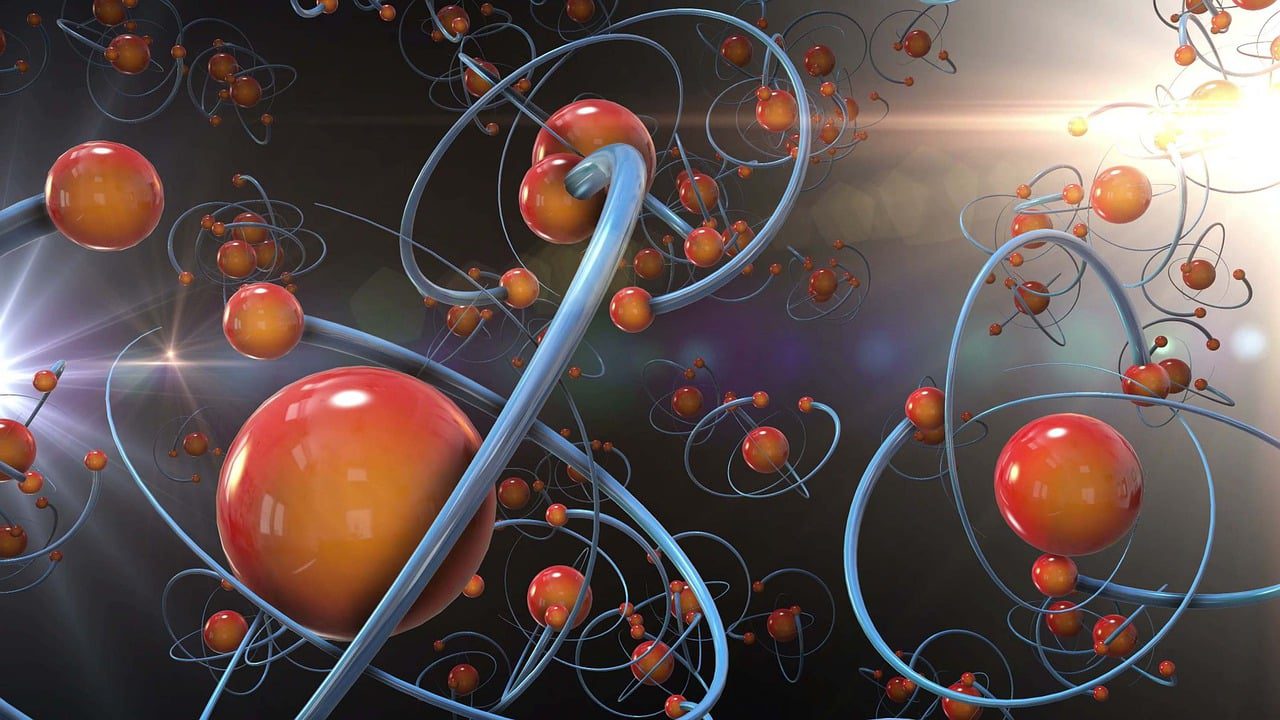An international team of scientists found a way to improve battery design that could produce safer, more powerful lithium batteries.
Scientists using neutrons set the first benchmark (one nanosecond) for a polymer-electrolyte and lithium-salt mixture. Findings could boost power and safety for lithium batteries. Credit: Phoenix Pleasant/ORNL, U.S. Dept. of Energy
The team used quasi-elastic neutron scattering at Oak Ridge National Laboratory to set the first benchmark, one-nanosecond, or one billionth of a second, for a mixture of lithium salt and an organic polymer electrolyte.
“It all comes down to the study of materials,” said Eugene Mamontov, ORNL Chemical Spectroscopy group leader. “And polymer electrolytes won’t catch fire the way liquid electrolytes do in lithium batteries.”
The team used the neutron technique to validate computer simulations, ending a long-standing debate about how long it takes lithium ions to break free from tiny cages created by polymer electrolytes. The rate at which ions in any battery break free from such environments, or solvation cages in polymer electrolytes, helps determine how energy flows through the battery. Polymer electrolytes could enable more energy-dense electrodes, like lithium metal, resulting in more powerful lithium batteries.
The findings also open doors for rapidly screening new battery materials at ORNL. “Neutrons are highly sensitive to hydrogen, which is present in virtually all electrolytes. This allowed us to see how it moved in the system and understand polymer electrolyte dynamics at an unprecedented level of detail. We couldn’t have pinned down the time and length any other way,” said Naresh Osti, ORNL neutron scattering scientist.
“Naresh and Eugene’s interpretation of neutron data from the experiment at ORNL opened our eyes to understanding the extent to which lithium ions are caged in polymer electrolytes. Our findings suggest this general approach will apply to liquid electrolytes,” said Nitash Balsara, Charles W. Tobias Professor of Electrochemistry at the University of California, Berkeley.
Source: Oak Ridge National Laboratory
You can offer your link to a page which is relevant to the topic of this post.













 English
English French
French Spanish
Spanish German
German Dutch
Dutch Italian
Italian Danish
Danish Portuguese
Portuguese Greek
Greek Russian
Russian Swedish
Swedish Bulgarian
Bulgarian Hungarian
Hungarian Catalan
Catalan Ukrainian
Ukrainian Polish
Polish Basque
Basque Chinese (Simplified)
Chinese (Simplified) Japanese
Japanese Hebrew
Hebrew Arabic
Arabic Swahili
Swahili Amharic
Amharic Irish
Irish Afrikaans
Afrikaans Albanian
Albanian Armenian
Armenian Azerbaijani
Azerbaijani Belarusian
Belarusian Bengali
Bengali Bosnian
Bosnian Cebuano
Cebuano Chichewa
Chichewa Chinese (Traditional)
Chinese (Traditional) Corsican
Corsican Croatian
Croatian Czech
Czech Esperanto
Esperanto Estonian
Estonian Filipino
Filipino Finnish
Finnish Frisian
Frisian Galician
Galician Georgian
Georgian Gujarati
Gujarati Haitian Creole
Haitian Creole Hausa
Hausa Hawaiian
Hawaiian Hindi
Hindi Hmong
Hmong Icelandic
Icelandic Igbo
Igbo Indonesian
Indonesian Javanese
Javanese Kannada
Kannada Kazakh
Kazakh Khmer
Khmer Korean
Korean Kurdish (Kurmanji)
Kurdish (Kurmanji) Kyrgyz
Kyrgyz Lao
Lao Latin
Latin Latvian
Latvian Lithuanian
Lithuanian Luxembourgish
Luxembourgish Macedonian
Macedonian Malagasy
Malagasy Malay
Malay Malayalam
Malayalam Maltese
Maltese Maori
Maori Marathi
Marathi Mongolian
Mongolian Myanmar (Burmese)
Myanmar (Burmese) Nepali
Nepali Norwegian
Norwegian Pashto
Pashto Persian
Persian Punjabi
Punjabi Romanian
Romanian Samoan
Samoan Scottish Gaelic
Scottish Gaelic Serbian
Serbian Sesotho
Sesotho Shona
Shona Sindhi
Sindhi Sinhala
Sinhala Slovak
Slovak Slovenian
Slovenian Somali
Somali Sundanese
Sundanese Tajik
Tajik Tamil
Tamil Telugu
Telugu Thai
Thai Turkish
Turkish Urdu
Urdu Uzbek
Uzbek Vietnamese
Vietnamese Welsh
Welsh Xhosa
Xhosa Yiddish
Yiddish Yoruba
Yoruba Zulu
Zulu